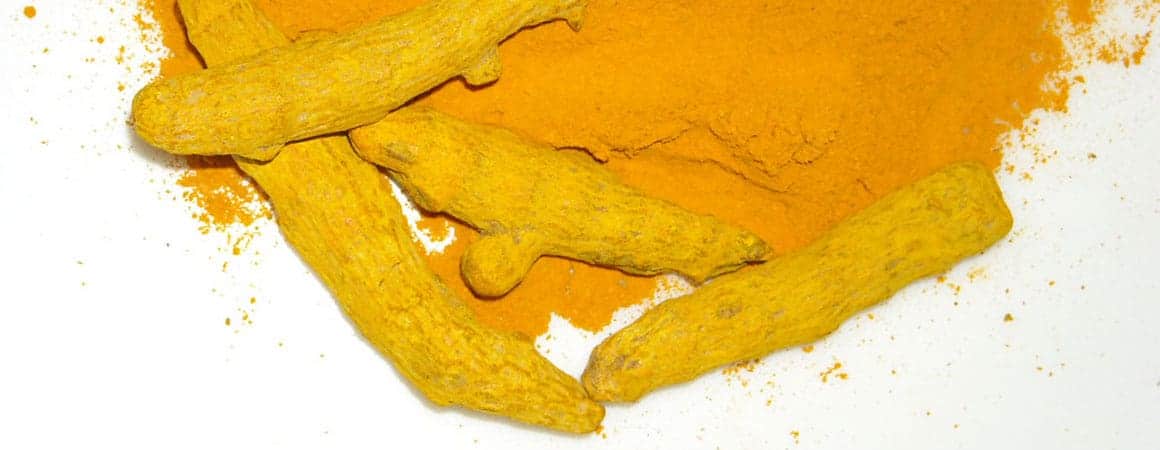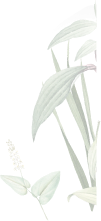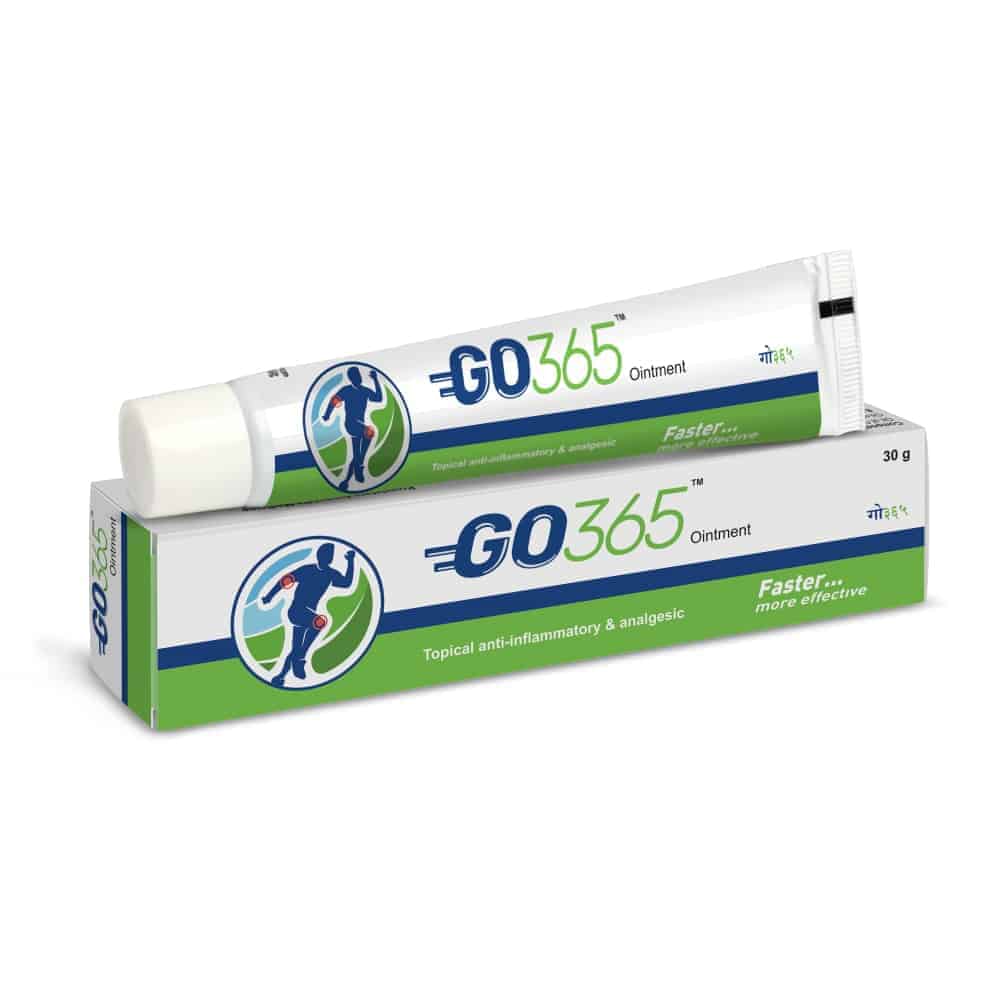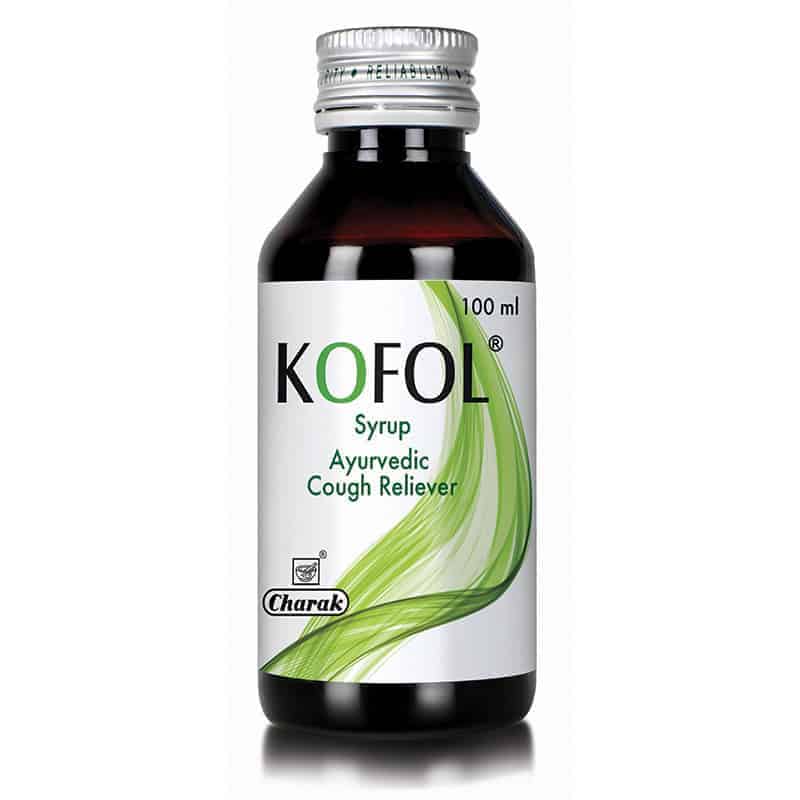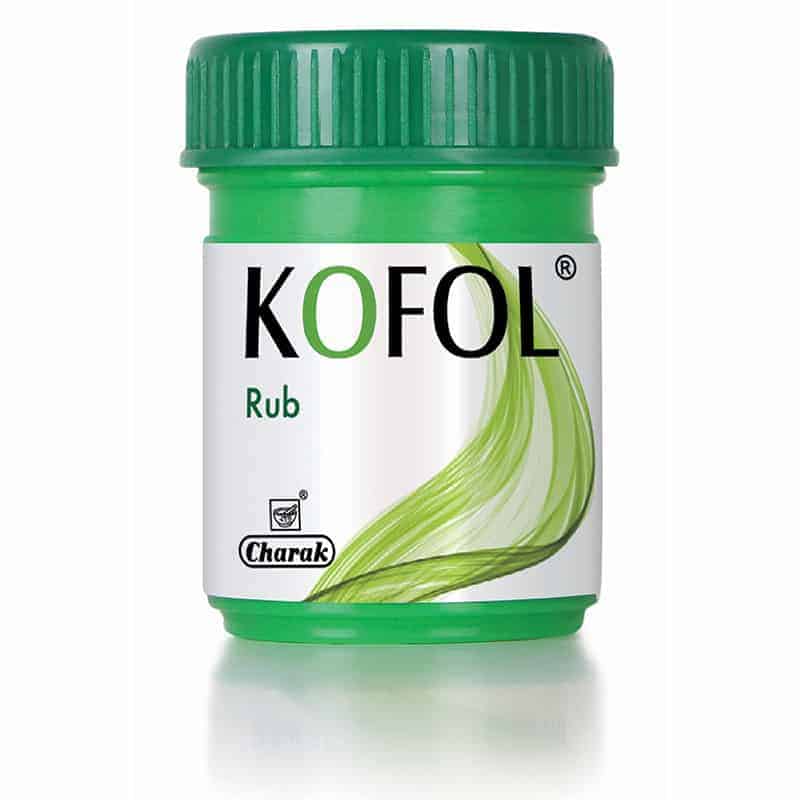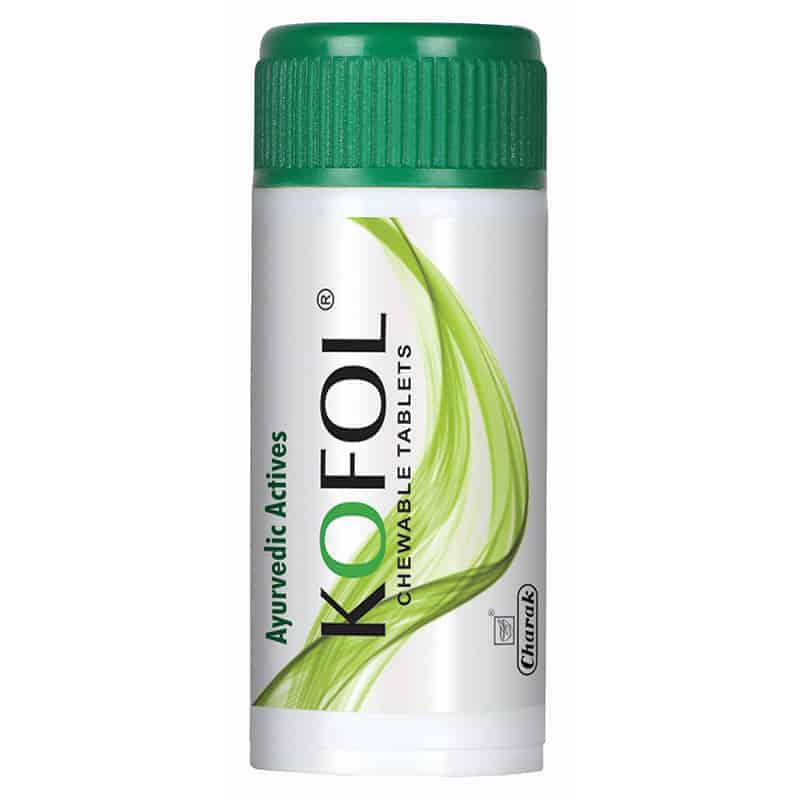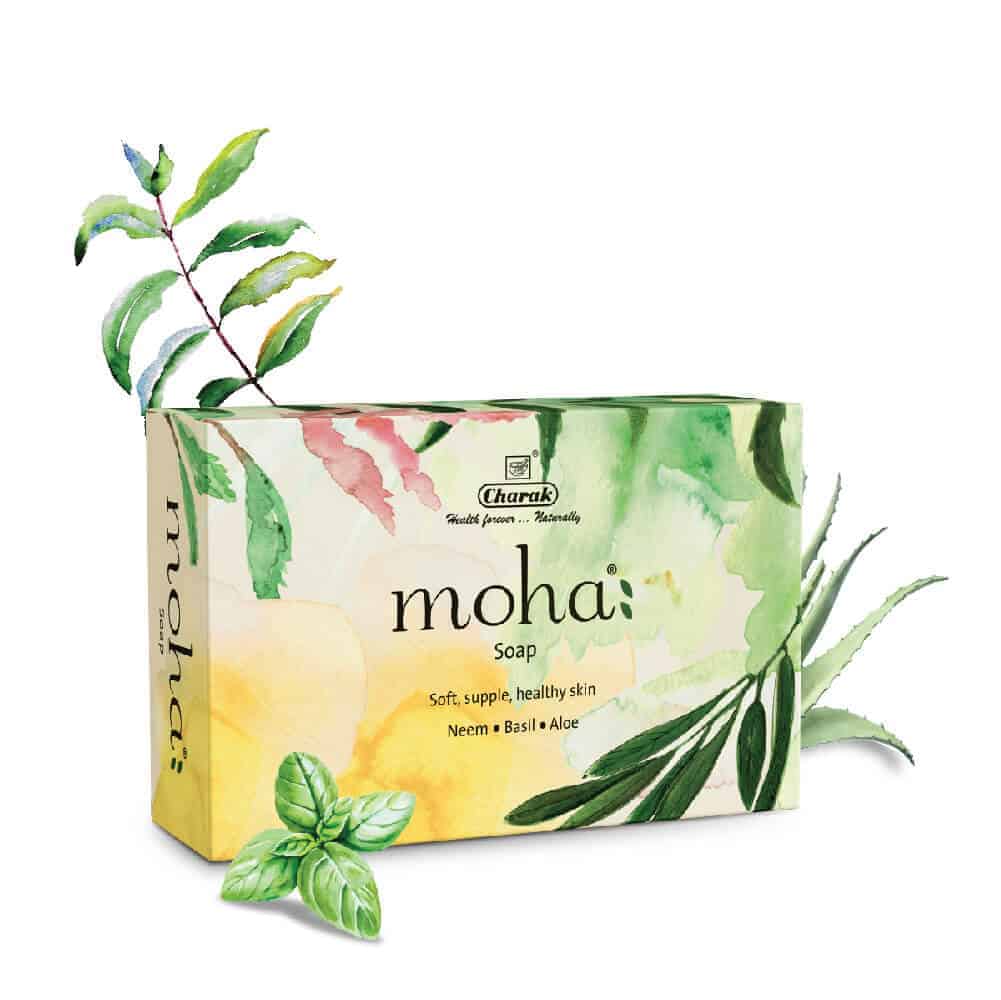HARIDRA (Curcuma longa)
Haridra, Kanchani, Peeta, Nisha, Varvarnini, Krimighni, Haldi, Yoshitpriya and Hattvilasini are the Sanskrit synonyms of Haridra.
Some of the interesting synonyms are explained below –
Yoshitpriya- The Women’s Favourite. This indicates that Haridra is useful in striroga (gynaecology)
Var varnini – One with superior varna (healthy complexion). This implies that Haridra is useful in maintaining health and complexion of the skin.
Qualities of Haridra –
Haridra is katu and tikta in taste. It is ushna in quality. It is rooksha in property. It acts against vitiated kapha and pitta dosha. It is helpful in improving and strengthening complexion. Haridra is useful in skin diseases, diabetes, oedema, anaemia and wound healing.
Charak says – Haridra is lekhaneeya , kushthaghna and vishaghna
Formulation of Haridra– Haridrakhand
Haridra in modern scientific days?


Curcumin is a diarylheptanoid, a combination of phenyl and carbon chain compounds. Curcumin is a potent anti-inflammatory agent that can reduce inflammation and has a potential role in cancer treatment. Curcumin has been shown to reduce the transformation, proliferation and spread of tumours and it achieves this through regulation of transcription factors, inflammatory cytokines, growth factors, protein kinases and other enzymes.Curcumin prevents proliferation by interrupting the cell cycle and inducing programmed cell death. Furthermore, curcumin can inhibit the activation of carcinogens through suppression of certain cytochrome P450 isozymes.
Insulin Sensitizer (compound that enhances the action of insulin)
Three Indian medicinal plants were studied for their effect on glucose uptake and insulin sensitivity. Measurement of glucose uptake in peripheral tissue is an important mechanism to assess insulin sensitivity. This study was conducted to evaluate the Insulin sensitising activity of Curcuma longa along with two other herbs. In this experiment peripheral adipocytes (fat cells) were treated with concentrated extracts of all the three plants. The effects of plant extract on glucose uptake both in the presence and absence of insulin was evaluated and compared. These were also compared to the activity of a known insulin sensitizer (compound that enhances the action of insulin) called pioglitazone. The results showed that C. longa stimulated glucose uptake with a maximal effect. When combined with insulin C. longa was the only herb that showed an increase in glucose uptake. The results suggested that one of the mechanisms of anti-diabetic effect of C. longa can be through insulin sensitizing activity.
Anti- androgenic activity–
Analogues of curcumin (active ingredient of C. longa) were studied as potential drugs to treat prostate cancer. These curcumin compounds were tested for cytotoxicity against human cancer cell lines (their ability to kill cancer cells). Along with this the “anti-androgenic” (against androgen – male hormone) activity was also evaluated. Ten compounds out of forty were found to have potent cytotoxicity against prostate cancer cells and potent anti-androgenic activity.
Anti-androgenic activity is also important in females in whom androgen activity has gone higher. For example – conditions such as PCOS demonstrate high androgen levels in the female body. C. longa can certainly be useful in restoring normal levels and thus controlling PCOS.
Cancer –  Curcumin is the most promising agent in the treatment of cancer which is extensively reasearched for its anti-cancer efficacy. Curcumin is useful in treatment of various cancers such as breast cancer, lung cancer, prostate cancer, etc. Curcumin was studied for its action on human colorectal carcinoma cells. The cancer cells were studied for their viability (survival) after administering curcumin. The results revealed that curcumin significantly inhibited the growth of colorectal cancer cells. Curcumin also induced apoptosis (cell death) accompanied by ultra-structural changes in existing cancer cells. It was also shown that curcumin can induce cell cycle arrest in cancer cells.
Curcumin is the most promising agent in the treatment of cancer which is extensively reasearched for its anti-cancer efficacy. Curcumin is useful in treatment of various cancers such as breast cancer, lung cancer, prostate cancer, etc. Curcumin was studied for its action on human colorectal carcinoma cells. The cancer cells were studied for their viability (survival) after administering curcumin. The results revealed that curcumin significantly inhibited the growth of colorectal cancer cells. Curcumin also induced apoptosis (cell death) accompanied by ultra-structural changes in existing cancer cells. It was also shown that curcumin can induce cell cycle arrest in cancer cells.
Curcumin has been widely studied and evaluated across the globe for its effects in head and neck squamous cell carcinoma. Squamous cell carcinoma has seen a steady rise in developed part of the world and is now on rise in the developing world too. Curcumin was studied in vivo and vitro to determine whether it would trigger cell death of squamous cell carcinoma of head and neck. It was concluded that curcumin suppresses the growth of squamous cell carcinoma in vitro and in vivo.
Varnya – In a study in “Advances in experimental medicine and biology”, Curcumin was shown to have anti-inflammatory properties along with protecting the skin by increased collagen deposit, angiogenesis and improved wound healing.
References:
- SamidhaKalekar et al, Insulin sensitizing effect of 3 medicinal plants: An in vitro study, Indian Journal of Pharmacology 2013 Jan- Feb; 45(1): 30-33
- Li-da Guo et al, Curcumin inhibits Proliferation and induces apoptosis of human colorectal cancer cells by activating mitochondria apoptic pathway, Phytotherapy research, March 2013, Vol 27, Issue 3; 422 – 430
- Maria M. LoTempio et al. Curcumin suppresses growth of head and neck squamous cell carcinoma, Clinical cancer Research 2005 ;vol 11 :6994
- Li Linn et al, Anti tumour Agents 250 Design and Synthesis of new Curcumin analogues as potential Anti prostate cancer agents, J. Med. Chem., 2006, 49 (13); Pg 3963 – 3972
